Citizen Science: In the Shadows of Volcán Tungurahua
27 Nov 2014 Posted by Alex Jackson
How Ecuadorian communities and scientists are linking up to reduce the risk of one of South America's most active volcanoes.
Jonathan Stone: "In volcanology a great deal of research is put into the prediction of specific hazards and the needs of those affected can often be overlooked." Image credit: (Richie Robertson)
Jonathan Stone is a PhD researcher at the School of Environmental Sciences, University of East Anglia, working in volcanology and disaster risk reduction. His research focuses on the interactions between citizens, scientists and authorities around volcanoes, examining the effects of citizen science on these relationships. Although his background is in Geology, with an MSc in the Science of Natural Hazards, Jonathan went on to study for an MRes in Environmental Social Sciences before starting a PhD funded by the Economic and Social Research Council and the British Geological Survey. This experience (expertise in) of both the natural and social sciences has lead him to work on the Strengthening Resilience in Volcanic Areas (STREVA) project.
Outside of research, Jonathan is passionate about public engagement and was one of the creators of Volcanoes Top Trumps. More recently he has been involved in producing a series of short documentaries about the societal impact of volcanoes, told by the voices of those who lived through eruptions in St Vincent, West Indies. He likes running in his spare time, being involved in his local church – and of course – climbing volcanoes.
Seemingly unflappable, tall and with a sharp sense of humour betrayed by a cheeky grin that can't help but make you smile, Benigno Meneces is by no means your average citizen scientist. As a farmer in the modest surroundings of the Ecuadorian Andes village Bilbao, Meneces ploughs the land by day and monitors volcano eruptions by night. He is one of 35 residents across local villages and towns in the path of Volcán Tungurahua that make up a network of volunteers, known as the 'vigías'.
Translated as watchman, guard or sentinel, the Spanish word 'vigía' only partially covers the passion and enthusiasm local villagers have brought to their voluntary roles protecting their communities. Made up from locals working in agriculture, teaching and business – the volunteers are tasked with communicating observations about the volcano to scientists at the Instituto Geofísico de la Escuela Politécnica Nacional (IG-EPN) and the Secretaría Nacional de Gestión de Riesgos (the Ecuadorian civil protection agency).
Radio Observations
Citizens are trained by scientists at the institute about what to observe, how to describe phenomena and how to communicate with the local civil protection organisations that manage the volcano. Every night at 8pm, vigías report their observations to the civil defence on a joint radio system and assist with visual confirmation of inferred activity seen on the geophysical monitoring network. As well as this, the volunteers assist with the maintenance of the scientific monitoring equipment near their homes or land, and organise evacuation drills and resource planning.
"In volcanology a great deal of research is put into the prediction of specific hazards and the needs of those affected can often be overlooked," says UK Volcanologist, Jonathan Stone, who has worked independently with the vigías in Ecuador alongside an international team of scientists.
"Typically vigías will live in communities where there are 15 to 300 people, and many have naturally gone on to become community leaders. It has been fascinating to watch the relationships grow between the scientists and volunteers, as well as see how knowledge about the volcano has transferred into the community. Villagers now listen intently to the radio networks and often gather round in groups to hear updates and communications."
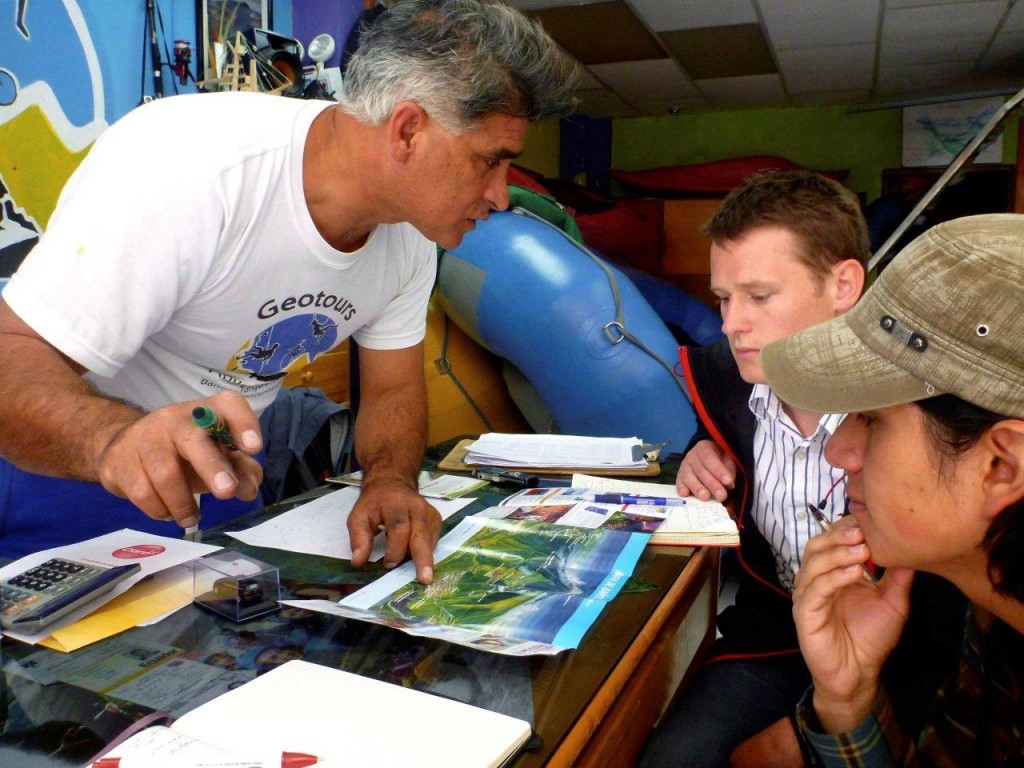
"Citizen Science has been such a strong vehicle for communities to understand the volcano better, which in turn, has helped improve risk communication," says Stone.
Creating Trust
The origins of the network stem from difficult times following the repercussions of Volcán Tungurahua's eruption in October 1999, which followed 80 years of quiescence. Phreatic activity soon became magmatic, which lead to an evacuation of the town of Baños and surrounding communities, called for by the President of Ecuador. At this time, evacuees had a very limited trust of scientists and scientific information, and were proud of their communities close to the volcano – despite the risk. They managed to forcibly re-occupy their land, overrunning army checkpoints in the process. With resources insufficient to monitor and manage evacuations around occupied neighbouring communities, local civil protection organisations were forced to think outside the box and turn to villagers.
In almost 14 years since the network began, there have been lots of benefits, most notably in a renewed trust between scientists and the community. The vigías have acted as the link between the authorities, the towns and villages, and the scientists. "Citizen Science has been such a strong vehicle for communities to understand the volcano better, which in turn, has helped improve risk communication," says Stone.
"From the observed instrumental data to the visual confirmations and acting as direct communication channels for scientists, the network has been massively beneficial. The vigías check ash fall collection and maintain seismometers to give confirmed observations if they spot what looks like pyroclastic flow."
It is estimated that 20,000 people live in close proximity to the volcano, which has yet to erupt with any great magnitude since 1999. Yet despite any major eruptions, prompt evacuations without loss of life during escalations of activity can be put down to the role of the vigías. Activity in recent years has varied between violent Strombolian to Vulcanian style explosions with associated pyroclastic flows and lava jetting.
Following several deaths in 2006, the network was increased to include communities where mortalities occurred. Through monthly meetings with scientists, vigías would find out the latest updates on volcanic activities, talk through images of past eruptions and learn how to describe different scenes. Those close to the major valleys were even given motorbikes to check for volcanic mud flows in rainstorms.
Collecting Data
What is most noticeable and key to the network's continued existence and impact, is the motivations of the vigías themselves. Many are interested in science, willing to learn, and contribute to helping people feel safer in their neighbourhoods. Each vigía has an incredible story to tell, whether it is Don Carlitos who started his own volcano museum after his interest piqued when a seismometer was installed near his home, or Javier Jaramillo, the local fire chief who made the radio network possible fitting radio masts around communities. Others have filled bookshelves with volcanology textbooks and are teaching their children on the science of volcanic eruptions, while vigía radio communications have become as popular as sports matches in some of the communities.
"Vigías have learned to report on radio with such military precision and their clearly defined roles and responsibilities have been crucial in terms of coordinating communications," adds Stone. "The most successful aspect of the process has been in the data collection, interpretation, and the fact the scientists have then talked to the people about the findings. It's very much a two way process."
Not only has the network helped reduce volcanic risk, it has also coordinated responses to fires, road traffic accidents, medical emergencies, thefts, assaults and planning for future earthquakes and landslides.
The villages and towns are very self-sustained, primarily built on farming, with the volcanic ash excellent for the soil – growing bumper crops such as tree tomatoes and maize. It is one of the reasons Meneces is so keen to stay in Bilbao. The centre of the village is typical of many other neighbouring communities; there is a small church, municipal offices and a large futsal and basketball court – which is also where the Ecuadorian army park their trucks when preparing for an evacuation. Perched precariously in the shadows of Tungurahua, the main road that runs through the village from Baños to Penipe is often impassable due to lahar / pyroclastic damage.
Yet, similar to many of the vigías, Meneces describes volcanic activity and the everyday threat with such nonchalance. There is no sensationalism and very little bravado; it is just his duty to help protect his community. He certainly epitomises the spirit of other vigías and talks of rocks the size of grape fruits smashing through house roofs during eruptions, setting fire to anything that lay in the volcano's path. Meneces will often ring the church bells during evacuations and wait until the last villager has left safely.
As Stone concludes: "All these people are effectively devoting time to make people safer, through scientific data collection and observation. It is inspiring a whole new generation of scientists and volcanologists, and in turn, showing the influence citizen science can have empowering communities."
Stone's paper on his observations can be found here.
--
__._,_.___
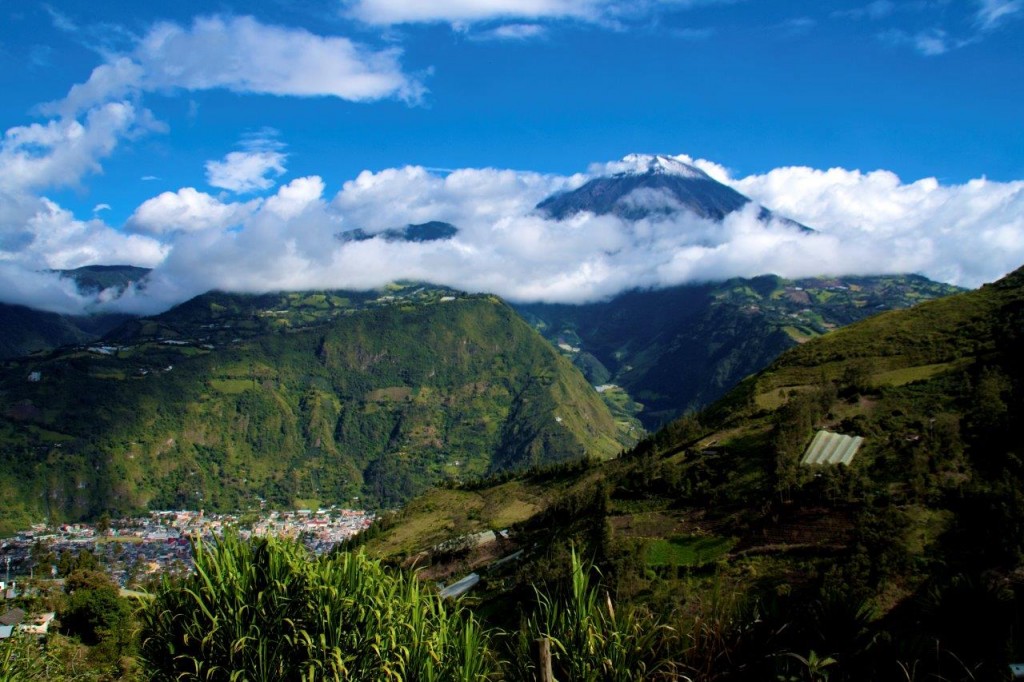

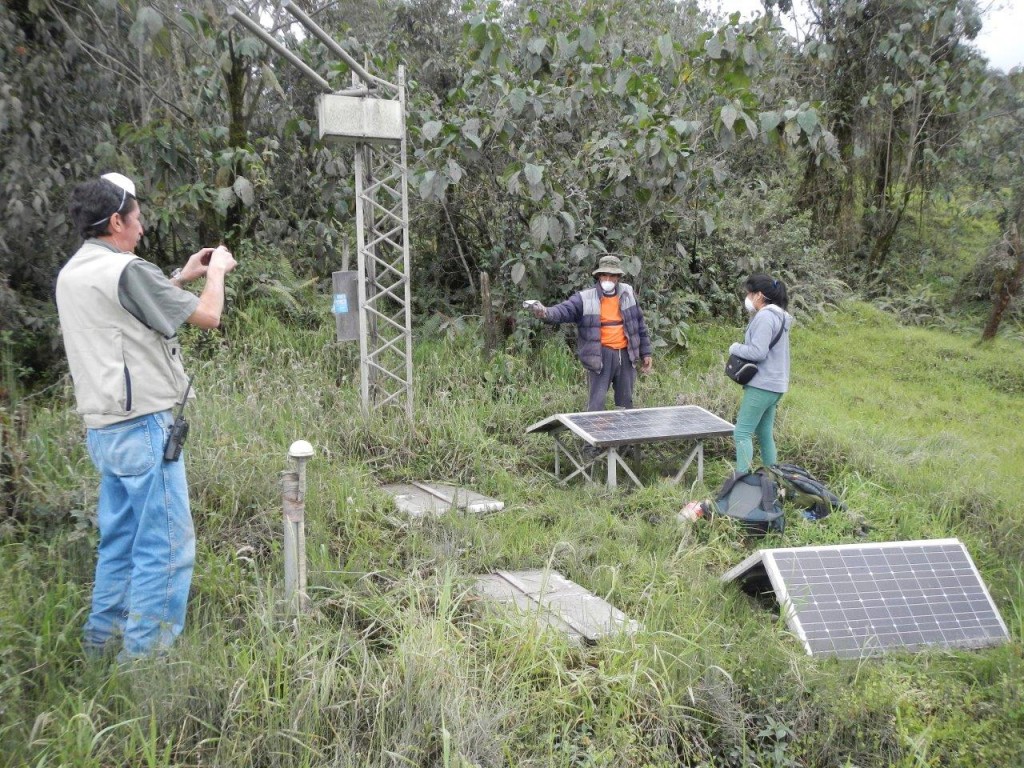
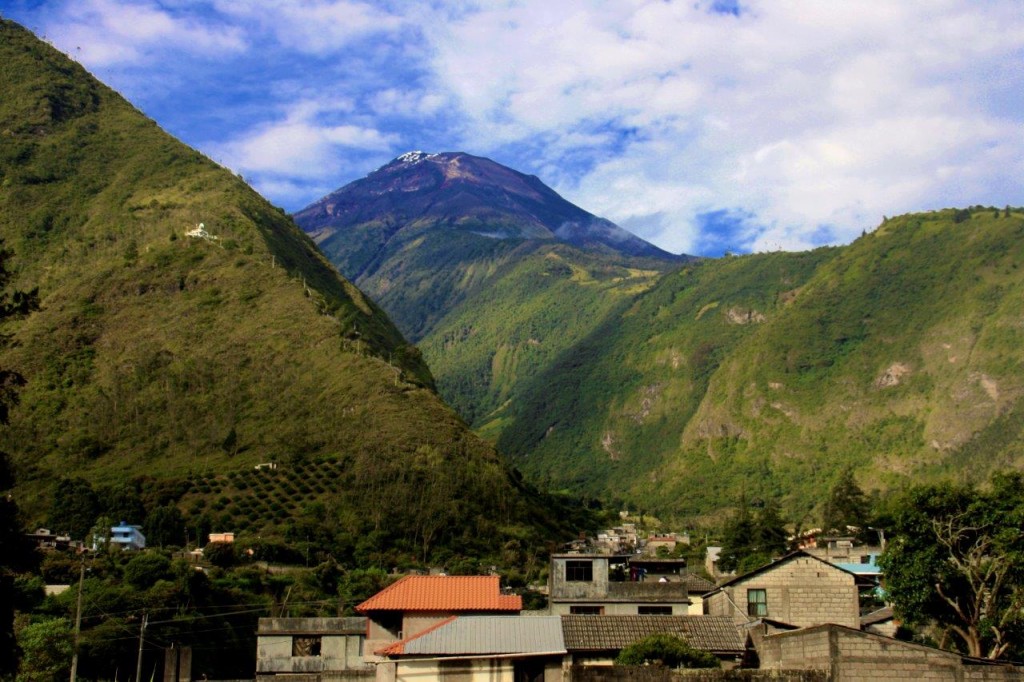
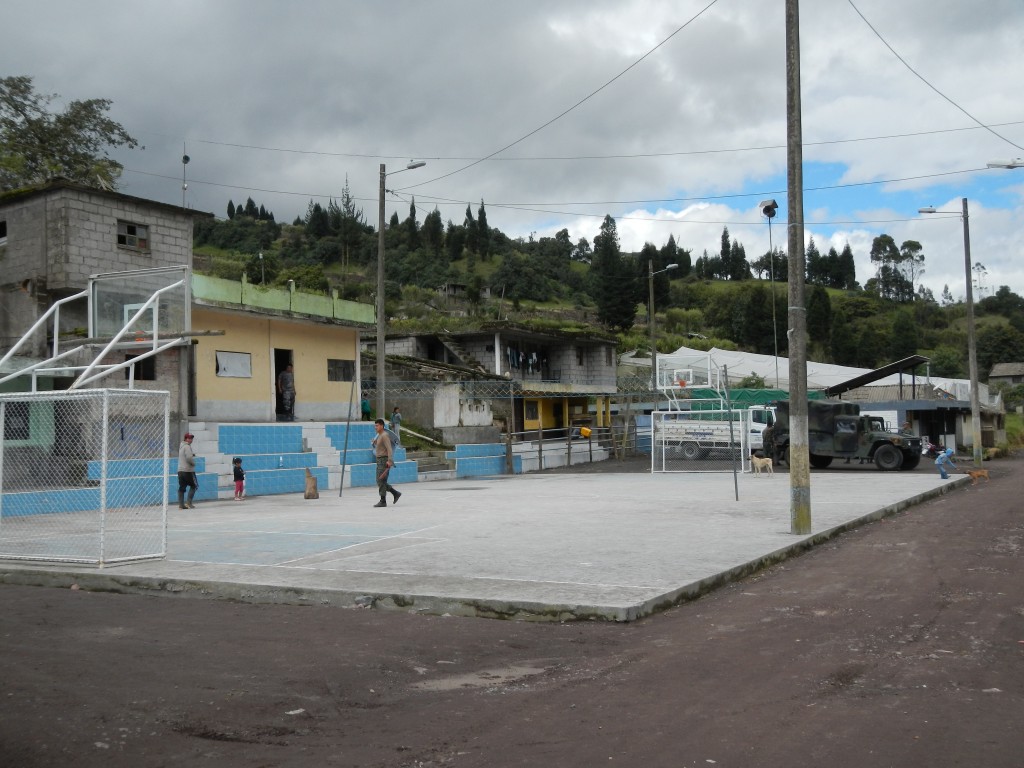
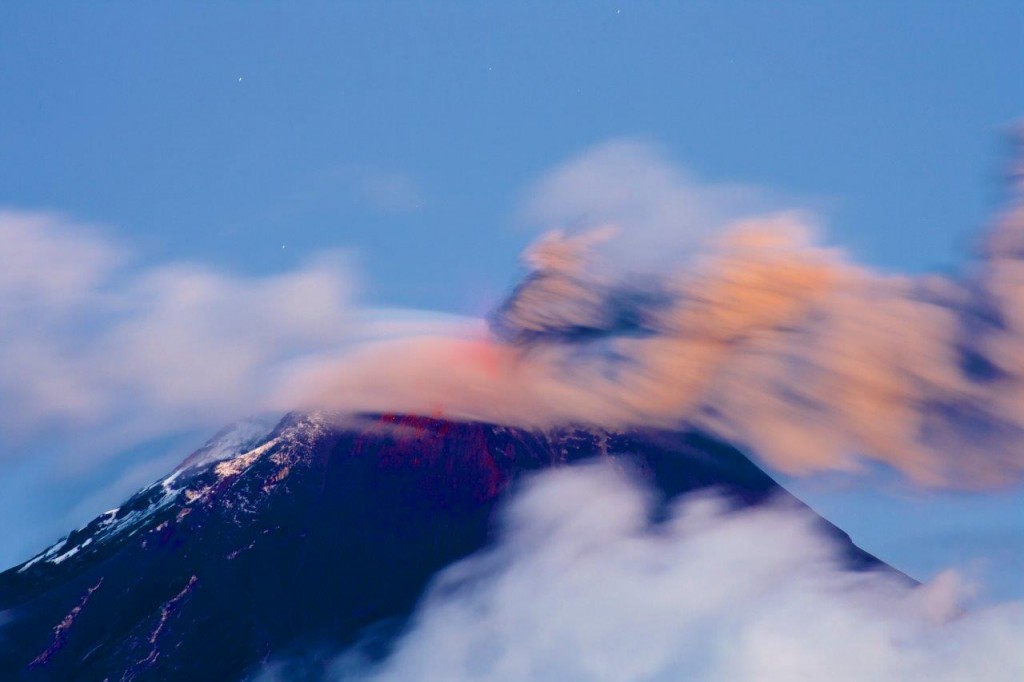
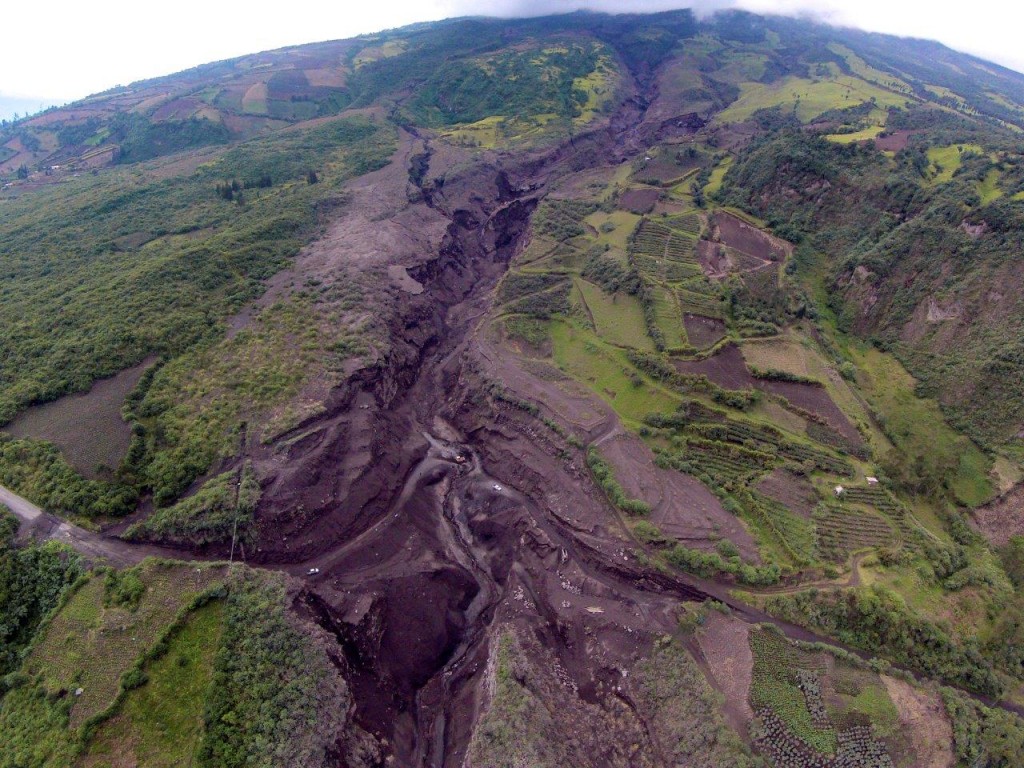
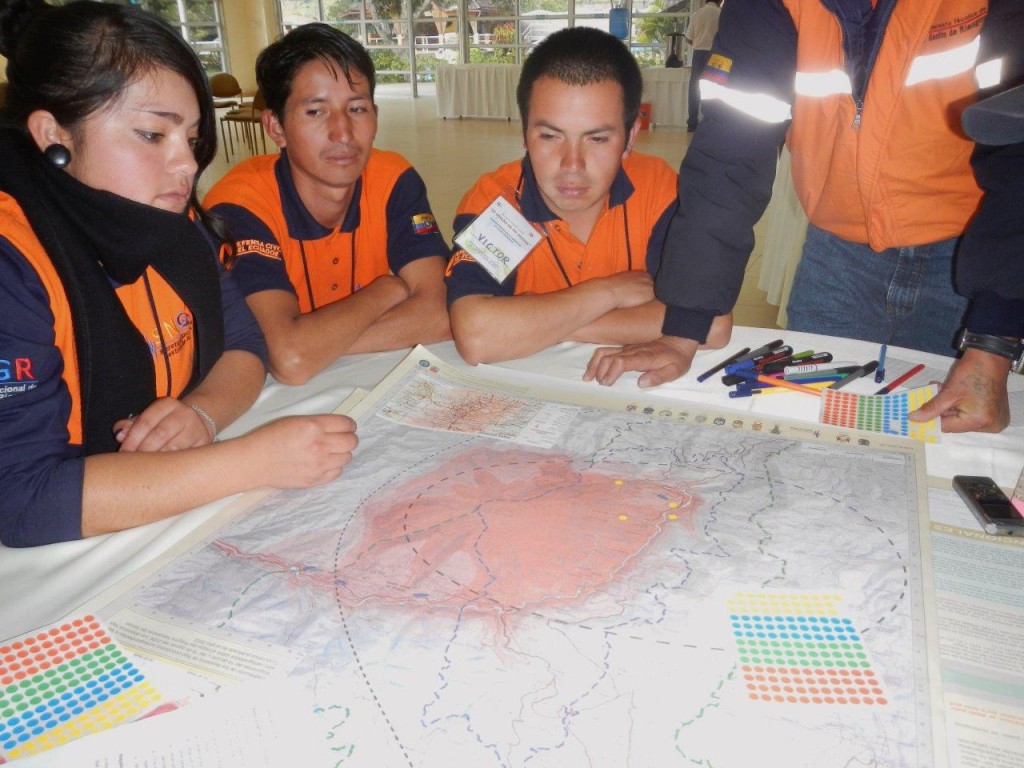

No comments:
Post a Comment